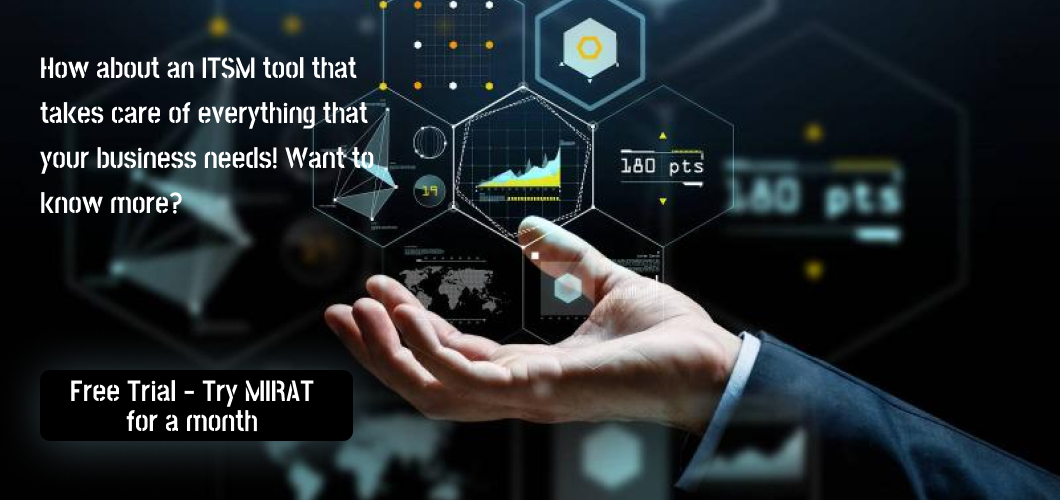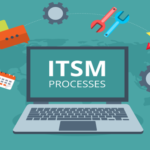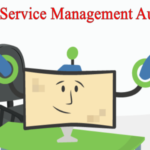Definition of IT Workforce Enablement?
Your company may boost employee and customer satisfation by utilizing cutting-edge technology and data.
Customer requirements shift, as they usually do, and it’s not a surprise.
About IT Workforce Enablement:
What do we know? We know that our customers are always on the go and work on tools in their gadgets, on their devices, and many of them are learning about these apps and devices to fix the problems on their own. IT is changing as well, with new technologies allowing us to service our clients better than ever before and faster and more efficiently.
Workforce enablement services are an attempt that assists you in improving client happiness by utilizing advanced technology and the most recent data. Workforce enablement services are designed to assist your organization’s internal customers to get into the right “flow” to complete their work. Because each employee requires a mix of devices and apps to accomplish their best work, work enablement software allows your clients to design their ideal ecosystem.
One way to go about customer satisfaction is to focus on the functions rather than service level resolutions and agreements.
Goal: Happy and Productive Employees
Employees that are satisfied and productive are the goal of work enablement software.
According to research carried out by Forrester, staff that is properly engaged often enjoys 81% higher customer satisfaction. Another research showed that staff recognized for their efforts is highly motivated. The study also reported that employees who use their thought processes and ability to accomplish tasks are highly motivated. So, the next time customer satisfaction is the topic of action, try to upscale employee enablement initiative.
Employee enablement initiative is intended to be increased through workforce empowerment.
Employees are most satisfied with their jobs when they are:
-
Productive –complete their tasks on time
-
Facilitated – appreciation by the organization
-
Linked – when the employees are well connected to their colleagues
How do I apply Workforce Enablement for ITSM?
IT service management (ITSM) may make a significant impact in terms of productivity and ease of use.
The significance of emphasizing employee satisfaction
Customers are happier when their personnel are happy—increased revenue results from satisfied customers. According to data, firms that are leaders in the customer experience sector expand at a higher rate. Perhaps focusing on employee satisfaction is more important since it is the ethical thing to do. Our job in IT and service management, in particular, is more than just satisfying service level agreements or reducing resolution times. Our job is to assist our coworkers in completing their tasks. Too much emphasis on agreements and settlement times can serve as a distraction from these goals.
What Does Workforce Enablement Entail In The Context Of ITSM?
Using worker enablement requires your IT department to adjust in three ways:
- Technology
- Processes
- IT department
Technology that works everywhere, at any time.
Technology can help your team perform better. If your employees face frequent technological issues, then don’t blame them for being demotivated. For example, apps crash, servers fail, and inappropriate tools are employed.
Enterprise Service Management – The Missing Link
We are transitioning to tech support that gives our employees more freedom and is more suited to their specific needs. Given this logic, the ITSM of the future would look like this:
- Digital workspaces hosted on the cloud will become the standard. The transition from on-premise software to cloud computing has been ongoing for several years and will continue. Our colleagues and we are using many apps. So, rather than installing apps on each of these devices, it is quicker to log into one online app and access everything from there.
- Portfolios will take the role of established workplaces. What exactly does this mean? Gone are the days when only higher-level management used to have access to tools. These days the IT department has carefully formulated apps and tools as per the requirement if departments and employees are equipped and sufficient.
Because IT staff cannot maintain every gadget or app brought in, we will most likely see the creation of a service catalog where employees may select their gear and software.
- Bring your device (BYOD) is a fad that isn’t going away, ever. To check emails or update information, employees use their laptops; hence organizations should adopt and use this trend to boost loyalty and productivity. This implies that organizations should provide full-service support for employee gadgets. However, BYOD introduces another crucial aspect: your staff won’t mind the extra duties of managing and updating their devices hence allowing the IT personnel access for the support.
- Customer-satisfaction-focused processes. Customer happiness is critical, and our processes should reflect that. Yet, all too frequently, we are preoccupied with following ITIL protocols, reaching SLAs, or attaining a particular number of calls completed. These, for sure, are indicators of client happiness but do not translate into a guarantee.
Putting Workforce Enablement into practice
In the future, the IT department follows the below thought process:
- The requirements of the customer will include the foundation for employer services.
What exactly do your customers require to execute their job? This will be different for each employee. Mapping customer’s journeys and creating personas will help in gathering the insights.
- Customer happiness is emphasized in KPIs and reporting. Although resolution reports and KPIs are useful information, statistics such as customer effort score, first-time-right, and self-service changes will become more relevant in the future.
- Providing self-service options will almost certainly become a requirement. Youtube and Google have given rise to the do it yourself brigade; hence your employees will be more inquisitive about resolving problems on their own. They grew accustomed to it at work as well. Ensure your employees have access to all essential information and tools to troubleshoot their own problems. As responses to regularly asked questions and remedies for commonly encountered problems.
The IT team’s expertise and people will evolve.
A changing technological world necessitates that your IT employees acquire new capabilities.
- You’ll need IT personnel who are intrinsically motivated to assist others. Future IT service departments will not be about following process scripts but will be more about resolving issues and customer happiness by doing everything possible. This necessitates additional creativity on the part of your team in order to discover the finest answer to his or her challenge. It is a fact that employees who are motivated at a higher level do not rest until the customer is satisfied and concerns are addressed.
- Technical knowledge will be overpowered by soft skills, like listening and empathy. Why is that so? Suppliers will be responsible for technical maintenance as more apps migrate to the cloud. Your IT staff’s job will be to completely comprehend your clients’ wants and desires. And then translate that into an appropriate solution.
- Information organization will become a critical ability. Instead of resolving each call one-on-one, your team’s responsibility will be to offer your clients the information they need to address their own problems. This entails gathering and organizing all essential information before releasing it on a self-service portal.
Customer happiness is key to ITSM and its future, and worker enablement initiatives can help achieve this. When we talk about initiatives to upscale employee productivity, we mean facilitation, connectivity, and cutting-edge technology that ensure customer-focussed services. Also, a dedicated IT team that focuses on customer-centric solutions works best.
Managing the workforce in an organization is a process on its own. MIRAT has modules that function as end-to-end solutions and offer excellent assistance to startups and small enterprises. If your organization is in need of modern IT management solutions, we have a wide range of affordable automated workflow processes that can be bought either as a whole set-up or as a single feature.
Mirat.ai’s IT Infrastructure Management is Affordable & Easy to use! Get your Dashboard ready in only 5 Minutes. Request for Trial/Demo now (or) Contact our Team Now .
Contact Information:
Hema
Sales Executive
Phone: +1-315-636-4213
Email: sales@mirat.ai
Website: https://www.mirat.ai/
Also Read: An Intelligent Workforce Guided By AI-you Need It



